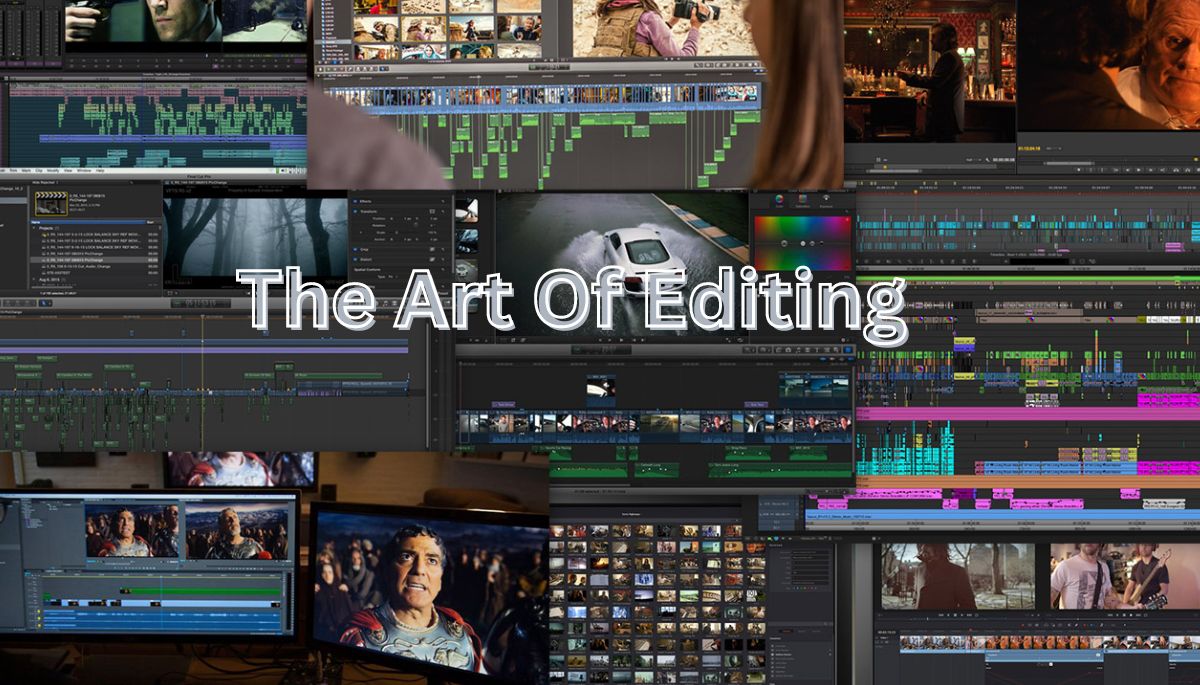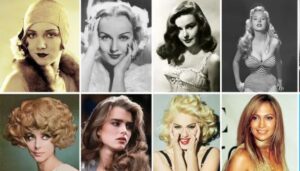Film editing is an essential component of the filmmaking process, often described as the “invisible art” that can make or break a movie.
From the initial assembly of raw footage to the final cut that audiences see on screen, editors play a critical role in shaping the narrative, pacing, and emotional impact of a film.
The Stages Of Film Editing
The editing process typically involves several key stages:
Assembly: This initial stage involves organizing all the raw footage into a coherent sequence.
Rough Cut: The editor creates a basic edit of the footage, focusing on the overall structure and story flow.
Fine Cut: Here, the editor fine-tunes the rough cut, selecting the best takes and refining the pacing, rhythm, and tone of the story.
Picture Lock: This milestone represents the point where the visual content of the film is finalized and approved.
Final Cut: The finished product is ready for distribution and audience viewing.
Key Editing Techniques
Successful film editors employ a variety of techniques to craft compelling narratives, including continuity editing, montage, cross-cutting, and match cuts.
Oscar-winning director Stanley Kubrick once said,
“Editing is the only unique aspect of filmmaking which does not resemble any other art form—a point so important it cannot be overstressed. It can make or break a film.”
Likewise, modern film editors rely heavily on digital software.
As editor Nona Khodai advises,
“Learn the Avid Media Composer and other editing software, such as Adobe Premiere. Also know Adobe Photoshop and Adobe After Effects as well. We do a lot of creating in the editing room even if they aren’t the final shots. Whatever tool can help tell the story the best we can, we use.”
The Editing Process
Editor Nicholas Monsour describes the collaborative nature of editing:
“People often joke that editors really have a slightly therapist-like role sometimes. Because you’re there, seeing this person who’s worked really hard and thought about every decision, dealing with what it is really going to end up like.”
Oscar-nominated editor Myron Kerstein emphasizes the importance of preparation:
“That’s a big part: doing that research, doing that leg work in the beginning. And, of course, getting in the head of our directors is a pretty good idea, too, and trying to understand what their vision is. The more I can absorb the DNA of the film before we start shooting, the better.”
Editor Nick Fenton highlights the importance of actors’ performances in the editing process:
“[Actors] are the vehicle in which we tell that story and [through which] we feel that story, so their emotional integrity and their emotional truth is everything.”
In conclusion, film editing is a complex and crucial part of the filmmaking process.
From the first assembly to the final cut, editors shape raw footage into compelling narratives that captivate audiences worldwide.
As Kerstein puts it,
“Generally, I think that good editing is something that evokes an emotional response. If they’ve really manipulated me to feel sadness or laughter, and I just forget where I am, that’s good editing to me.”




